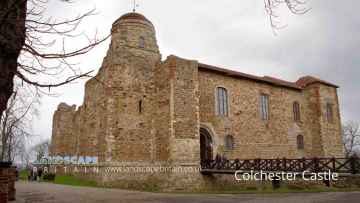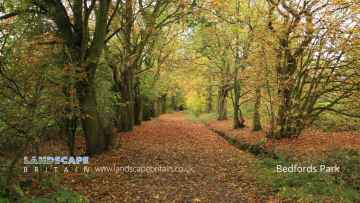Waltham Abbey
Waltham Abbey is a Town in the county of Essex.
There are great places to visit near Waltham Abbey including some great towns, castles, woodlands, airports, historic buildings, cities, villages, country parks, shopping centres, parks and nature reserves.
Waltham Abbey's best nearby towns can be found at Colchester, Epping, Maldon, Southend-on-Sea, Saffron Walden, Braintree, and Basildon.
Castles to visit near Waltham Abbey include Colchester Castle.
There are a several good woodlands in the Waltham Abbey area like Epping Forest, and Bedfords Park.
London Southend Airport, and London Stansted Airport are great places to visit near Waltham Abbey if you like airports.
The area around Waltham Abbey boasts some of the best historic buildings including Audley End House and Gardens, and Chelmsford Cathedral.
The area around Waltham Abbey's best cities can be found at Chelmsford.
The area close to Waltham Abbey boasts some of the best villages including Hatfield Peverel.
Waltham Abbey's best nearby country parks can be found at Thorndon Country Park, and Hainault Forest Country Park.
The area close to Waltham Abbey boasts some of the best shopping centres including Lakeside Shopping Centre.
Bedfords Park is a great place to visit close to Waltham Abbey if you like parks.
Don't miss Bedfords Park's nature reserves if visiting the area around Waltham Abbey.
Waltham Abbey History
There are some historic monuments around Waltham Abbey:
Places to see near Waltham Abbey
Etymology of Waltham Abbey
The name Waltham derives from weald or wald “forest” and ham “homestead” or “enclosure”. The name of the ancient parish was Waltham Holy Cross, but the use of the name Waltham Abbey for the town seems to have originated in the 16th century, although there has often been inconsistency in the use of the two names. Indeed, the former urban district was named Waltham Holy Cross, rather than Waltham Abbey.
History of Waltham Abbey
There are traces of prehistoric and Roman settlement in the town. Ermine Street lies only 5 km west and the causeway across the River Lea from Waltham Cross in Hertfordshire may be a Roman construction. A local legend claims that Boudica’s rebellion against the Romans ended in the neighbourhood, when she poisoned herself with hemlock gathered on the banks of Cobbins Brook.























